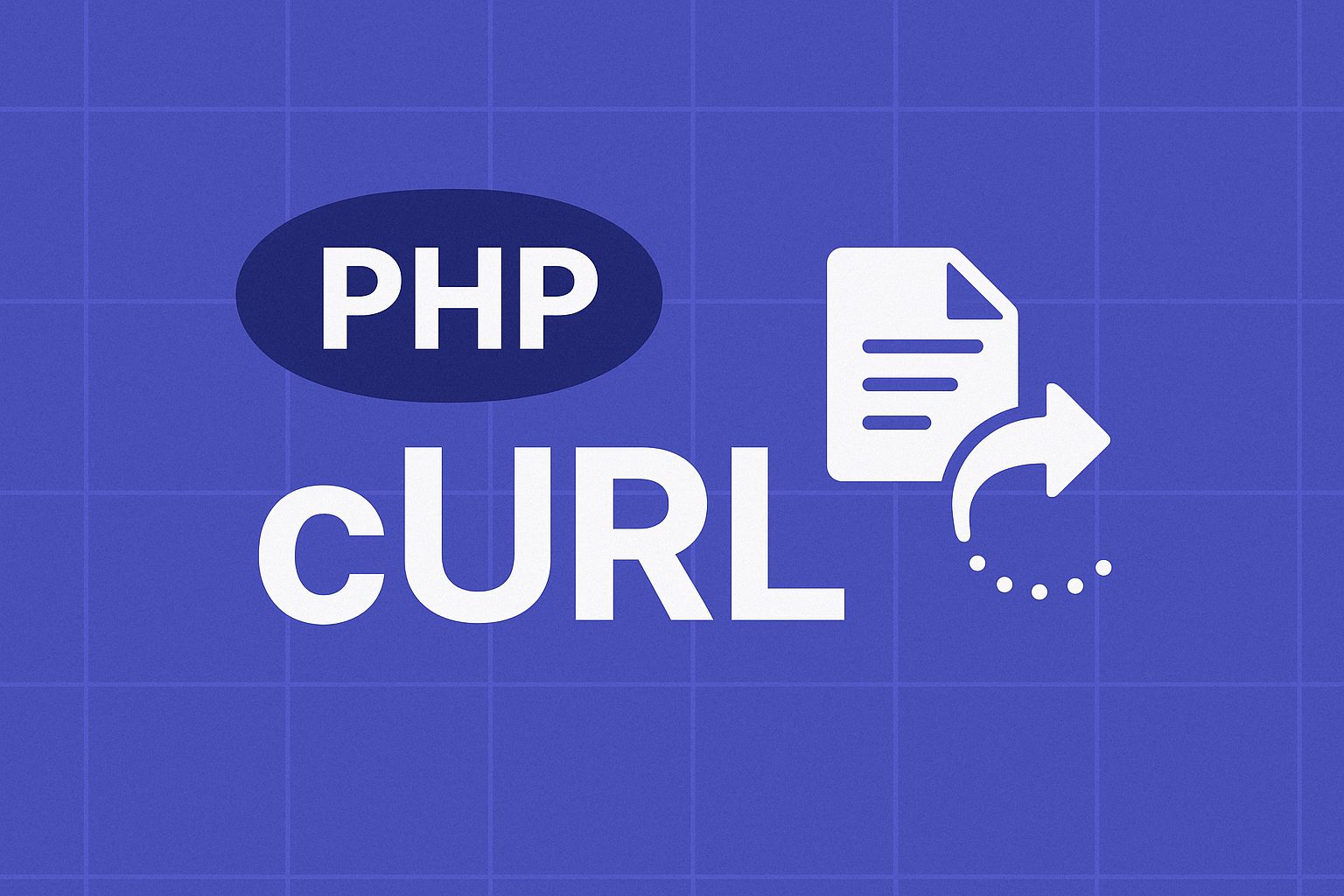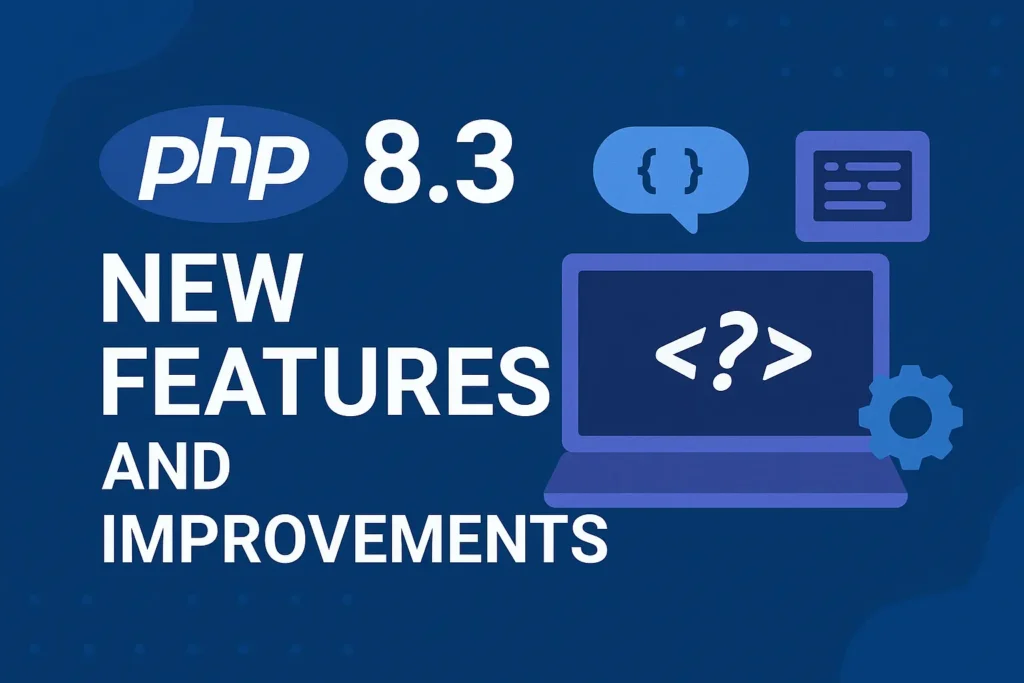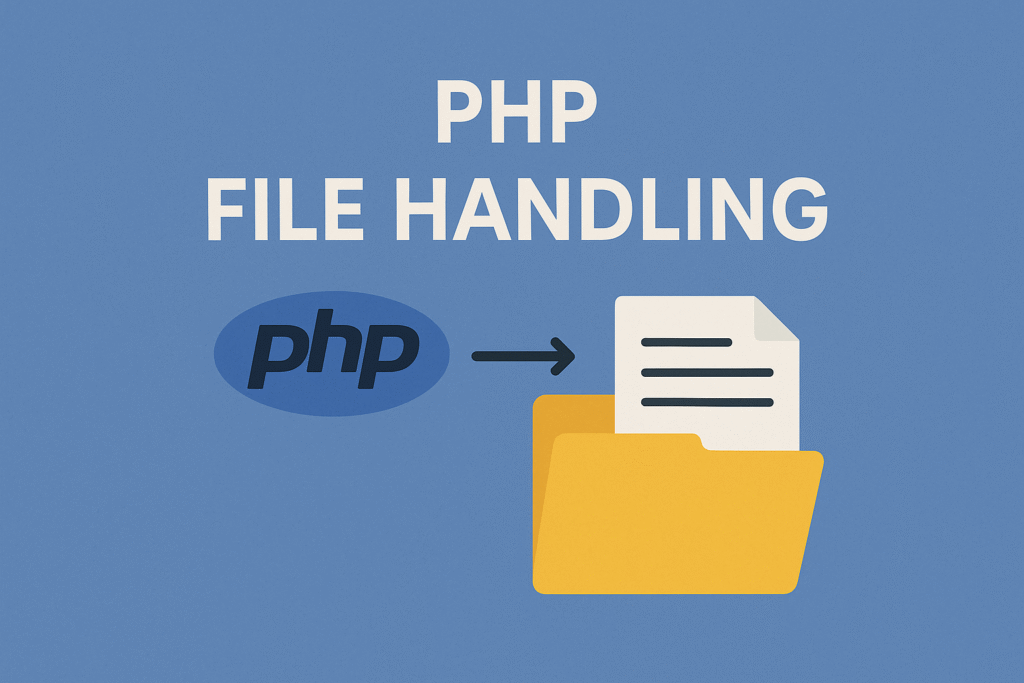
In this article, we’ll learn PHP cURL
Table of Contents
In the world of web development, data retrieval, and integration are crucial tasks. Whether you’re fetching data from an API, scraping web pages, or communicating with external services, having a reliable and versatile tool is paramount. That’s where PHP cURL comes into the picture.
What is PHP cURL:
cURL is a PHP library and a command-line tool (like wget) that helps you send files and also download data over HTTP and FTP. It supports proxies, you can transfer data over SSL connections, you can set cookies, and even get files that are behind a login.
cURL allows the transfer of data across a wide variety of protocols and is a very powerful system. It’s widely used as a way to send data across websites, including things like API interaction and oAuth.
cURL, which stands for “Client URL”, was first developed in 1997 by Daniel Stenberg. Since then, cURL has become a widely used tool in the world of web development, with PHP cURL being a popular implementation of the library. CURL is a library to switch information via more than a few protocols like HTTP, FTP, TFTP, and many others.
Use Cases:
-
Making API Requests: PHP cURL can be used to send HTTP requests to RESTful APIs and other web services. This allows developers to integrate their applications with external services and fetch data from remote servers.
-
Data Scraping: PHP cURL can be used to scrape data from web pages and other resources. This can be useful for applications that need to gather information from multiple sources, such as news aggregators or price comparison websites.
-
File Uploading: PHP cURL can be used to upload files to remote servers, allowing users to easily share files with others.
-
Testing: PHP cURL can be used for testing web applications, allowing developers to simulate user actions and test the functionality of their applications.
-
Proxy Requests: PHP cURL can be used to make requests through proxy servers, allowing developers to hide their IP address and access restricted content.
-
Debugging: PHP cURL can be used to diagnose and debug HTTP requests and responses. This can be useful for troubleshooting problems with web applications and services.
How To Use cURL:
Using cURL in PHP is very straightforward. The basic idea of using curl in PHP is
- Initialize a curl session
- Set various options for the session
- Execute and fetch/send data from/to server
- Close the session
To complete our goal, the code is simple as?
<?php
//step1
$cSession = curl_init();
//step2
curl_setopt($cSession,CURLOPT_URL,"http://www.google.com/search?q=curl");
curl_setopt($cSession,CURLOPT_RETURNTRANSFER,true);
curl_setopt($cSession,CURLOPT_HEADER, false);
//step3
$result=curl_exec($cSession);
//step4
curl_close($cSession);
//step5
echo $result;
?>- step1: Initialize a curl session use curl_init().
- step2: Set option for CURLOPT_URL. This value is the URL to which we are sending the request to. Append a search term “curl” using the parameter “q=”. Set option for CURLOPT_RETURNTRANSFER, true will tell curl to return the string instead of print it out. Set option for CURLOPT_HEADER, false will tell curl to ignore the header in the return value.
- step3: Execute the curl session using curl_exec().
- step4: Close the curl session we have created.
- step5: Output the return string.
PHP cURL provides many options and features that allow developers to customize their requests and handle responses in a variety of ways. For example, developers can set custom headers, handle redirects, and even use cookies with their requests.
In conclusion, PHP cURL is a versatile and powerful tool for making HTTP requests in PHP. It can be used for a variety of tasks, including API integration, data scraping, file uploading, testing, proxy requests, and debugging. With its simple and intuitive API, PHP cURL allows developers to quickly and easily send and receive data using a variety of protocols. If you’re working with web applications or services, PHP cURL is a must-have tool in your toolkit.



Saved as a favorite, I really like your blog! Whoa!
This blog looks just like my old one! It’s on a entirely different topic
but it has pretty much the same page layout and design. Outstanding choice
of colors! Ahaa, its fastidious dialogue on the topic of this paragraph at this place at this blog,
I have read all that, so now me also commenting here. http://foxnews.net